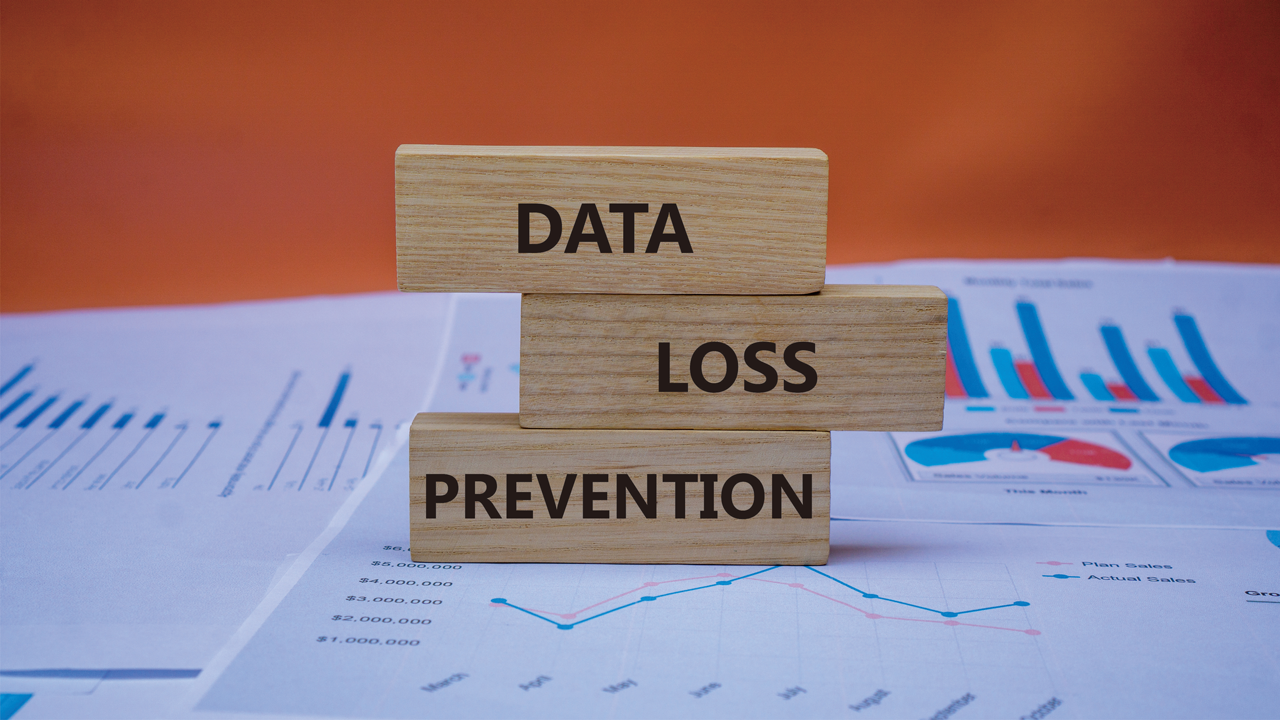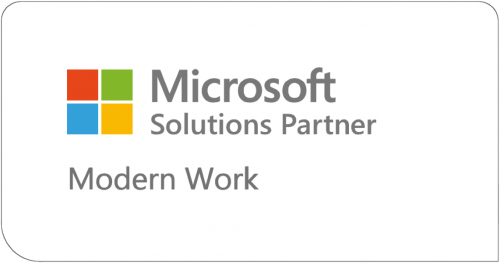As we enter 2025, the digital landscape is advancing at an unparalleled speed. Businesses must keep up with emerging technologies, changing customer expectations and the growing complexity of cybersecurity threats. A strong IT strategy is now essential—not optional—for both survival and growth. In this blog, we’ll examine the critical areas businesses should prioritise in their IT strategy for 2025, such as Artificial Intelligence (AI), Microsoft Copilot, cybersecurity, data loss prevention, and more.
1. Embracing Artificial Intelligence (AI)
AI is no longer a futuristic concept—it’s here, and it’s transforming industries. AI is expected to be integrated into business operations; driving efficiency, innovation, and decision-making. Here’s how businesses can leverage AI in their IT strategy:
- Aiding Routine Tasks: AI can significantly help businesses better support customers, freeing up employees to focus on higher-value activities. From customer service chatbots to data analysis, AI-driven tools can significantly reduce operational costs.
- Enhanced Decision-Making: AI-powered analytics can process vast amounts of data to provide actionable insights. Businesses can use these insights to make data-driven decisions, predict market trends, and optimise operations.
- Personalisation: AI enables personalised customer experiences by analysing user behaviour and preferences. This is particularly valuable for e-commerce, marketing, and customer relationship management.
- AI Ethics and Governance: As AI adoption grows, businesses must establish ethical guidelines and governance frameworks to ensure responsible use of AI technologies.

2. Leveraging Microsoft Copilot
Microsoft Copilot, powered by OpenAI’s GPT technology, is revolutionising how businesses interact with software and data. By the end of 2025, tools like Copilot will become indispensable for productivity and collaboration. Here’s why businesses should integrate Copilot into their IT strategy:
- Enhanced Productivity: Copilot can assist employees in drafting emails, creating presentations, and even writing code. By streamlining these tasks with Copilot, businesses can boost productivity and reduce time-to-market.
- Seamless Integration: Microsoft Copilot integrates with popular tools like Microsoft 365, Teams, and Outlook, making it easy for businesses to adopt, without disrupting existing workflows.
- Data-Driven Insights: Copilot can analyse data and generate insights in real-time, helping businesses make informed decisions faster.
- Employee Development: By using Copilot, employees can learn new skills and improve their skillset and productivity.

3. Strengthening Cybersecurity
As businesses become more digital, the risk of cyberattacks grows exponentially. Cybersecurity must be a top priority in any IT strategy for 2025. Here’s what businesses should focus on:
- Zero Trust Architecture: Adopting a zero-trust approach ensures that no user or device is trusted by default, regardless of its location within or outside the organisation’s network. This includes internal users, devices, and systems. By assuming that any user or device, even those on the internal network, could be compromised or malicious, organisations can significantly minimise the risk of unauthorised access and data breaches.
- AI-Driven Threat Detection: AI can be used to identify and respond to cyber threats in real-time. Machine learning algorithms can detect anomalies and predict potential attacks before they occur.
- Employee Training: Human error remains one of the biggest cybersecurity vulnerabilities. Regular training and awareness programmes can help employees recognise phishing attempts and other threats.
- Incident Response Planning: Businesses must have a robust incident response plan in place to minimise damage in the event of a cyberattack. This includes regular backups, disaster recovery plans, and clear communication protocols.

4. Prioritising Data Loss Prevention (DLP)
Data is one of the most valuable assets for any business and losing it can be catastrophic. Data loss prevention (DLP) should be a cornerstone of your IT strategy for 2025. Here’s how to approach it:
- Data Classification: Identify and classify sensitive data to ensure it receives the highest level of protection. This includes customer information, financial data, and intellectual property.
- Encryption: Encrypt data both at rest and in transit to protect it from unauthorised access. This is especially important for businesses that rely on cloud storage and remote work.
- Access Controls: Implement strict access controls to ensure that only authorised personnel can access sensitive data. Multi-factor authentication (MFA) should be standard practice.
- Regular Audits: Conduct regular audits to identify vulnerabilities and ensure compliance with GDPR data protection regulations.
- Backup and Recovery: Ensure that all critical data is backed up regularly and can be recovered quickly in the event of a breach or system failure.

5. Building a Future-Ready IT Infrastructure
To support these initiatives, businesses should invest in a future-ready IT infrastructure. This includes:
- Cloud Adoption: Cloud computing offers scalability, flexibility and cost-efficiency. By 2025, most businesses will rely on hybrid or multi-cloud environments to meet their needs.
- Edge Computing: As IoT devices and real-time data processing become more prevalent, edge computing will play a crucial role in reducing latency and improving performance.
- 5G Connectivity: The rollout of 5G networks will enable faster data transfer and support the growing demand for connected devices.
- Sustainability: IT infrastructure should be designed with sustainability in mind, reducing energy consumption and carbon footprint.
The IT landscape in 2025 will be shaped by AI, advanced productivity tools like Microsoft Copilot and the ever-growing importance of cybersecurity and data protection. Businesses that prioritise these areas in their IT strategy will be better positioned to thrive in a competitive and rapidly evolving environment. By embracing innovation, investing in robust security measures and fostering a culture of continuous learning, businesses can future-proof their operations and unlock new opportunities for growth. The time to act is now and the future belongs to those who prepare for it today.
Stay ahead of the curve by refining your IT strategy today. Explore the latest technologies and security measures that will drive your growth and protect your operations. Get in touch now to learn how Priority One can help you build a robust and future-ready IT plan!


